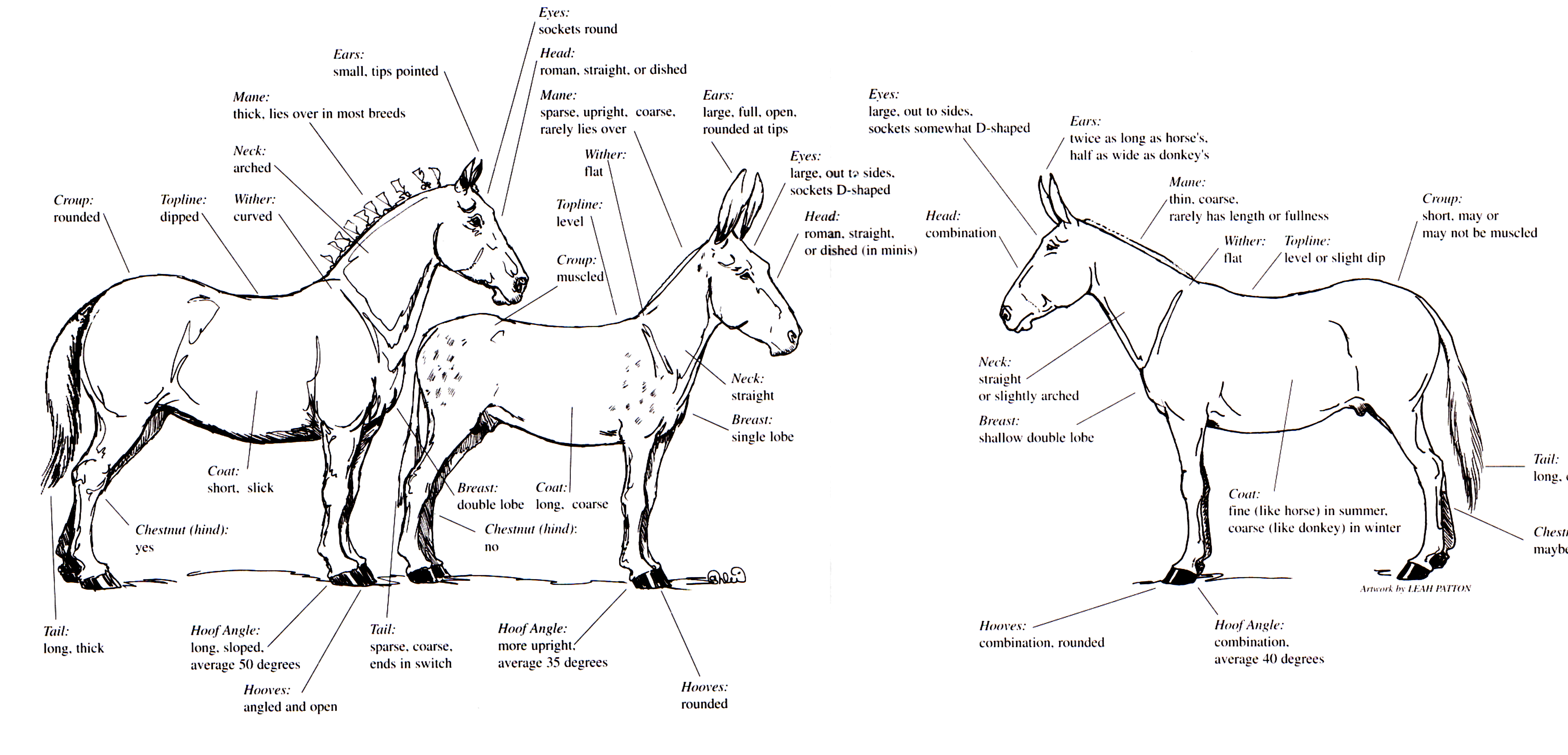Darwinian advice for “Going Viral”
Everyone wants to “go viral” these days. A viral video, blog post, news announcement, who cares so long as it’s viral!
I can’t stand the phrase, personally. “Dude, we’re going viral tonight.” Sounds like a one-night stand without protection. And a self-fulfilling prophecy.
Some of my articles have “gone viral,” so I’d like to offer up my own perspective about how to make something viral: The Darwinian Theory of Going Viral.
The common way to describe Darwinian evolution is “survival of the fittest:” Animals compete to acquire food and evade predators; whichever individuals are more capable than their peers will survive. Over time, successful characteristics are reinforced and unsuccessful ones die off.
In one of the most famous examples, in 1848 the peppered moth in England was white with black spots, matching the lichens on the trees they perched on and therefore invisible to hungry birds. A mutation carried by 2% of the population caused the moth to be completely black; they stood out like pimples and the birds had an easy time keeping their population in check.
But once the industrial revolution set in, soot from the new coal-burning factories killed the lichens and turned the tree trunks black. For the moths, black was the new white; now the dark moths blended in and the white-peppered ones became dinner. By 1895, 98% of the moths carried the black-body “mutation”—the genetic incidence had exactly swapped.
Yay, “survival of the fittest.”
The temptation now is to make an analogy to “going viral.”
Specifically, when you twitter a link it goes out to your direct followers: That’s the first “generation.” Then some of your followers might retweet it to their followers: The second generation. Instead of competing for food or avoiding predation, you’re competing for attention.
You are “going viral” when the link is “procreating” (being retweeted) more often then dying (not being retweeted).
OK, but so far this analogy is not enlightening.
For real insight, I’ll need to fix my subtly but critically incorrect definition of Darwinian evolution. If you’re a scientifically-minded stickler you’ll know that “survival of the fittest” isn’t quite accurate.
To see why, consider a horse and a donkey very much in love, star-crossed lovers who just can’t conform to a society that says separate species shouldn’t mate. Or marry. So they do (mate) and produce a mule. Mules have a combination of attributes from each parent, but most importantly for our purposes, a mule is sterile.

Illustration by Bethany Caskey, originally featured in the Summer 1998 issue of Rural Heritage magazine
The problem from an evolutionary point of view is that the mule can’t transmit its characteristics to the next generation. It doesn’t matter if the mule survives, gets food, avoids predators, plays Parcheesi, gets a B+ in vector calculus, and whatever else you’d consider “fitness”—if you can’t make more babies, you’re a genetic dead end.
Mule == Evolution Fail
To fix our definition, we realize that “fittest children” is not enough; rather we need “children who themselves make the fittest children.” Involving the grandchildren ensures there’s a “chain reaction” of fitness, not a one-off fitness like the mule.
So here’s the insight into building a viral message: It’s not enough for the message to be interesting to your direct followers (children), it needs to be something your followers would be interested in repeating (grandchildren).
If you think about it, this is exactly the principle behind the chain-letter of yesteryear—the original “viral” message. They were successful not because you sent the letter to ten other people, but because the letter requires the recipients to do the same.
How does this affect how you try to get a message to go viral? The message itself needs to suggest retransmission.
The simplest way to do this is to simply ask for retransmission in the message. For example, don’t just tweet this:

Instead, specifically ask for the retweet:

This sounds so trivial, but remember that most people retweet by tapping the “retweet” button, therefore your plea for further retweets will be preserved.
Here’s a different example, this time with email. If you want to promote the 1.0 release of your new software, you might entreat your friends and family for promotion with an email like this:
Dear Francis,
I just released v1.0! Aren’t you happy for me?
It would mean a lot to me if you could tell everyone you know and help me kick-start this. I’ll buy you a beer or something! Okaythxbye.
The problem is that you’ve just given Francis work to do. Should Francis send a tweet? If so, what should it say, and how will they say it briefly? Do you think Francis will come up with a pithy, fun, intriguing 140 characters? How much time do you think Francis is willing to put into this? Are you sure Francis is even sober?
Instead, help Francis. Tear down every barrier they have for retransmission. Do the thinking for them.
Dear Francis,
I just released v1.0! I would be forever grateful if you took just 60 seconds of your time to help me spread the word.
Here’s a Twitter message you could use:
[Cool Tool, plz R/T!] Find out who’s talking about your blog! http://LinksFor.Us
Or if you wouldn’t mind sending an email to your friends or a LinkedIn message, here’s some text you could use:
Hi! My friend Jason just released a new, free service for bloggers that shows who is talking about or linking to your blog posts. Thought you’d enjoy: http://LinksFor.Us
Anyway, thanks in advance for helping me spread the word! I’ll buy you a beer.
In the end, though, I have to admit that when my posts have gone viral it wasn’t because of these techniques!
Rather, they went viral because a lot of people found the content genuinely useful or entertaining or inspiring, or hopefully all of the above.
Seth Godin put it nicely:
Being noticed is not the same as being remarkable. Running down the street naked will get you noticed, but it won’t accomplish much. … If you put it on a T-shirt, would people wear it?
You can see this in the list of most popular YouTube videos—the most viral of them all. Not a single one is a result of a company trying to push a product or service (except music videos). People spread these not because of a carefully crafted campaign, but because they just plain liked it.
So the #1 best rule is: Have overwhelmingly awesome content. So good that people intrinsically want to spread the word. But then of course you might as well also be smart about how you help them spread the message.
What’s the mechanistic formula for generating incredible, remarkable content? Ha ha, let me know when you find one.
https://longform.asmartbear.com/going-viral/
© 2007-2025 Jason Cohen
 @asmartbear
@asmartbear







